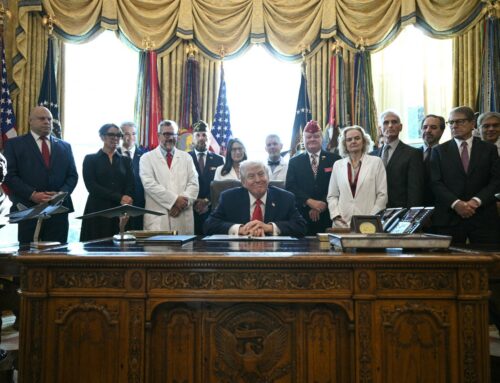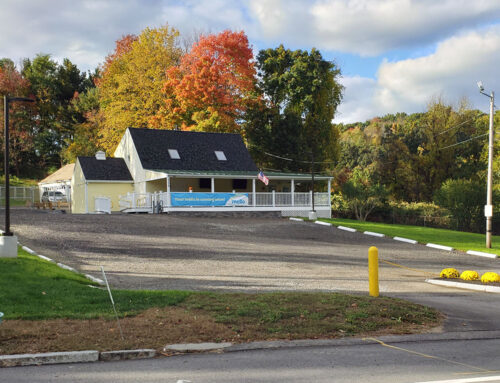A Change in Power, Part 4: Tapping into renewable energy out West
April 17, 2025
The electrical grid grew by commercial demand and as a result became a bit of a patchwork of wires. The lines are so interconnected today that it is difficult and expensive to alter it much.
Basically, we have to work with what we have, when it comes to the power lines. The electrical grid is an intricate web that is interdependent.
“It’s really a complex endeavor to keep the lights on. It just is,” said Sam Gomberg with the Union of Concerned Scientists. He advises on how to get clean energy generators hooked up to the grid.
“The electric grid, including the wires and the power plants, I mean, it’s an amazing engineering marvel. But the fact is, it’s been put together relatively piecemeal over the last century,” Gomberg explained.

Lester Graham
/
Michigan Public
Because of that, solar, wind, and battery energy need to be close to the big transmission lines that some now-closed coal-burning plants used to use.
It’s a bit like if a new kind of truck were invented. You’d probably want to use the same interstate highway system rather than build all new roads for it.
And one of the sticky issues with renewable energy sources is keeping the power flow consistent. Anything less will cause problems.
“The grid does not work that way. Electricity doesn’t work that way. If there’s not enough to go around, you have to either turn people off, like turn sections of the grid off, because otherwise it will fry our appliances,” said Sarah Mills, a University of Michigan Professor of Urban Planning who advises on policies related to clean energy.
She said that’s part of the reason this switch from coal-burning power plants to wind, solar, and other clean energy is a complicated job.
“We always need to make sure, and this is what the regional transmission operators like MISO do, is make sure that there is at least enough electricity to meet what the demand is.”
MISO is the MidContinent Independent System Operator. It coordinates how the electric grid operates for 15 states, including Michigan, and the Canadian province of Manitoba.
“I think about us being a little bit of the air traffic controller for the electric grid system,” said Aubrey Johnson, MISO’s Vice President of System Planning and Competitive Transmission.

Courtesy: MidContinent Independent System Operator (MISO)
“So every day, we are assessing how much energy is needed, determining what generators are available to produce that energy, and making the necessary changes to ensure that energy flows across the footprint really at the lowest economic price available.”
MISO has the authority to tell electric utility companies when to turn on or turn off their power plants, depending on need and price.
Tapping into renewable energy out West
MISO also has big plans.
In what it calls a “reliability imperative,” it’s spending 30 billion dollars to improve the transmission grid and expand transmission lines to areas out west. The Great Plains states are generally sunnier and windier, generating more solar and wind energy than here.
“West, where there’s a lot of wind farms or solar, to the population centers, Chicago, Detroit, Michigan,” said Sri Maddipati, Vice President of Electric Supply with Consumers Energy.

Because it’s a peninsula, it’s more difficult for Michigan to tap into those transmission lines that generally carry power from west to east. The new lines will allow Michigan to hook up to those western renewable energy resources.
That will be good for Michigan for a couple of reasons.
“The ability to bring in resources from other places, that has an economic impact. It allows us to access lower cost resources. But the bigger impact is on reliability, particularly in this energy transition,” said Dan Scripps, Chair of the Michigan Public Service Commission. MPSC regulates Michigan’s big, investor-owned electric utilities.
This is not something that a single utility could pull off, so MISO’s role is important to the region. There are several regional transmission operating systems like MISO across the country.
The many experts I talked with say, compared to other regional transmission operators, MISO seems more open to renewable energy alternatives, if it makes sense dollar-wise. That’s a significant position considering some states within its region are coal-producing regions and/or heavily invested in coal-burning power plants.
Renewable energy is not always a priority for some of the other regional operators because it’s too controversial in more conservative states.
As one person put it, the resistance to clean energy across the nation is not so much a financial debate as it is a cultural and political argument.
Search
RECENT PRESS RELEASES
Related Post



